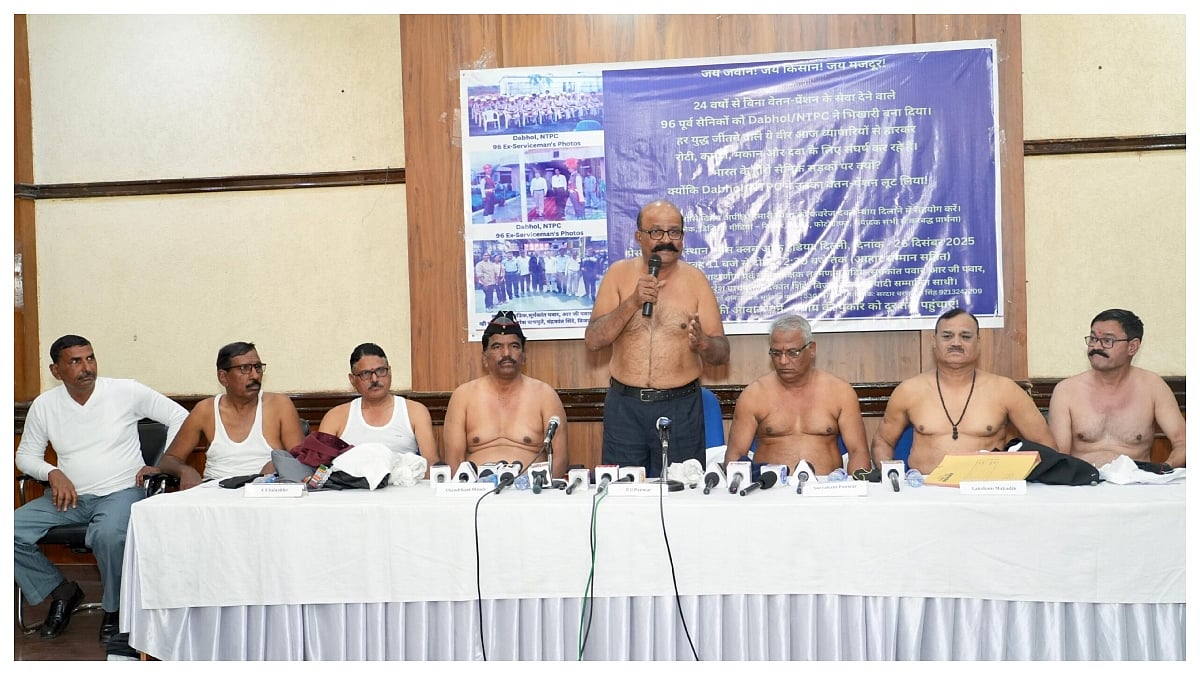Silicon Valley Bank's assets were seized by the Federal Deposit Insurance Corporation on Friday, marking the largest bank failure since Washington Mutual during the height of the 2008 financial crisis.
The bank failed after depositors, primarily technology workers and venture capital-backed businesses, began withdrawing their funds, causing a run on the bank.
The failure of Silicon Valley Bank (SVB) was the second-largest in US banking history.
SVB's assets totaled $209 billion at the time of its downfall. Even after adjusting for inflation, it trails only Washington Mutual in terms of assets, which had $434 billion when it failed in 2008.
The collapse of SVB was greater than that of First Republic Bank in 1988 ($83.6 billion) and Continental Illinois National Bank and Trust in 1984 ($117.2 billion).
Following is the list of the largest US bank failures with respect to total assets under management at the time of the bank failure.
Assets of the banks listed here are figures provided by the Federal Deposit Insurance Corporation.
Washington Mutual 2008 ($307 billion)
Silicon Valley Bank 2023 ($209 billion)
Continental Illinois National Bank and Trust 1984 ($40.0 billion)
First Republic Bank Corporation 1988 ($32.5 billion)
IndyMac 2008 ($32 billion)
American Savings and Loan 1988 ($30.2 billion)
Colonial Bank 2009 ($25 billion)
Bank of New England 1991 ($21.7 billion)
MCorp 1989 ($18.5 billion)
FBOP Corp banking subsidiaries 2009 ($18.4 billion)
Bank failures in India
The Government of India nationalised the top 14 commercial banks in 1969, and they were then monitored and controlled by the government sector.
Even after taking massive steps and developing various schemes and policies, some banks are unable to repay their depositors, posing a significant risk to a country's economy. When a bank is unable to return depositors' funds, this is referred to as bank failure, and it shakes the country's economy as well as its citizens' monetary conditions.
PMC
The PMC bank granted a loan of Rs. 2,500 crores to a real-estate company named Housing Development and Infrastructure Limited (HDIL). The Government of India nationalised the top 14 commercial banks in 1969, and they were then monitored and controlled by the government sector.
Even after taking massive steps and developing various schemes and policies, some banks are unable to repay their depositors, posing a significant risk to a country's economy. When a bank is unable to return depositors' funds, this is referred to as bank failure, and it shakes the country's economy as well as its citizens' monetary conditions.
The bank used 70% of the funds from its depositors to make this enormous loan. To pull off this scam, 21,000 additional false bank accounts were opened in order to give the impression that there were multiple individuals receiving the loans rather than just one.
When some of the bank's female workers learned about the scam, they made an effort to tell the Reserve Bank of India (RBI). When the depositors learned of the fraud, there was a lot of pandemonium brought on by panic withdrawals from the bank.
The Reserve Bank of India (RBI) discovered a discrepancy of more than Rs. 3000 crore between the non-performing assets (NPAs) that Yes Bank is disclosing and the actual non-performing assets (NPAs), which led to the demise of this bank. A large number of loan defaults were caused by this bank's lending to businesses with inflated creditworthiness, such as Anil Ambani Group, etc.
When this bank loaned 720 crores of rupees to Shivinder Singh and Malvinder Singh, who were then the promoters of Ranbaxy, problems erupted in 2017 and the loan transfer was investigated.
Later, it was revealed that the Lakshmi Vilas Bank gave away the deposits Religare Finvest Limited to the promoters of Ranbaxy, Shivinder Singh, and Malvinder Singh in their personal capacity. Moreover, the bank also misused the public funds deposited into the bank.









